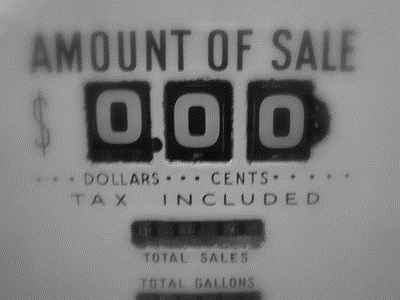
The Ford Ranger has posted a variety of fuel economy ratings throughout the years. More often than not, its fuel efficiency has depended on whether it has a 4- or 6-cylinder engine, a manual or automatic transmission and two- or four-wheel drive. A four-wheel drive, 6-cylinder Ranger with an automatic transmission usually proves the least fuel-efficient of all. The Ranger's trim package, that is, whether it's an XLT, has little to no impact on overall gas mileage. Equipped with the proper knowledge, though, there are practices you can adopt to improve fuel efficiency.
Operate the Ranger XLT in two-wheel drive, shifting to four-wheel drive only when you have no other choice. Four-wheel drive is intended for use in extreme conditions, such as harsh terrain or severe weather. Two-wheel drive should be utilized during all other driving conditions so as to optimize gas mileage.
Remove any accessory that compromises the Ranger's aerodynamics or adds weight to the truck. Exterior lighting, bars, lift kits, oversized tires, heavy wheels/rims and camper shells all negatively affect the Ranger's drag and weight. Removing these parts should help add miles per gallon to your fuel economy.
Remove any payload being hauled in the Ranger's bed as soon as possible. Also avoid hauling extremely heavy payloads. The lighter frame and smaller engine of a Ranger are not designed for massive weight or towing. The additional strain associated with towing and hauling will inevitably reduce the Ranger's fuel efficiency.
Mind your speed. According to the Federal Trade Commission, a vehicle's fuel economy will begin to suffer more noticeably at speeds above 60 mph. While this is true for all vehicles, it is especially important to keep in mind when driving your Ranger. A truck was never intended for operation at high speeds.
Employ the Ranger's overdrive and cruise control features. Most newer Rangers, especially those equipped with the XLT package, will have cruise control and overdrive. These features will help decrease the engine's RPMs and help maintain a constant speed, both of which benefit fuel efficiency. Even if you own an older Ranger XLT, without cruise control or overdrive, you can make a concerted effort to drive a constant speed and avoid revving the engine to a higher RPM.